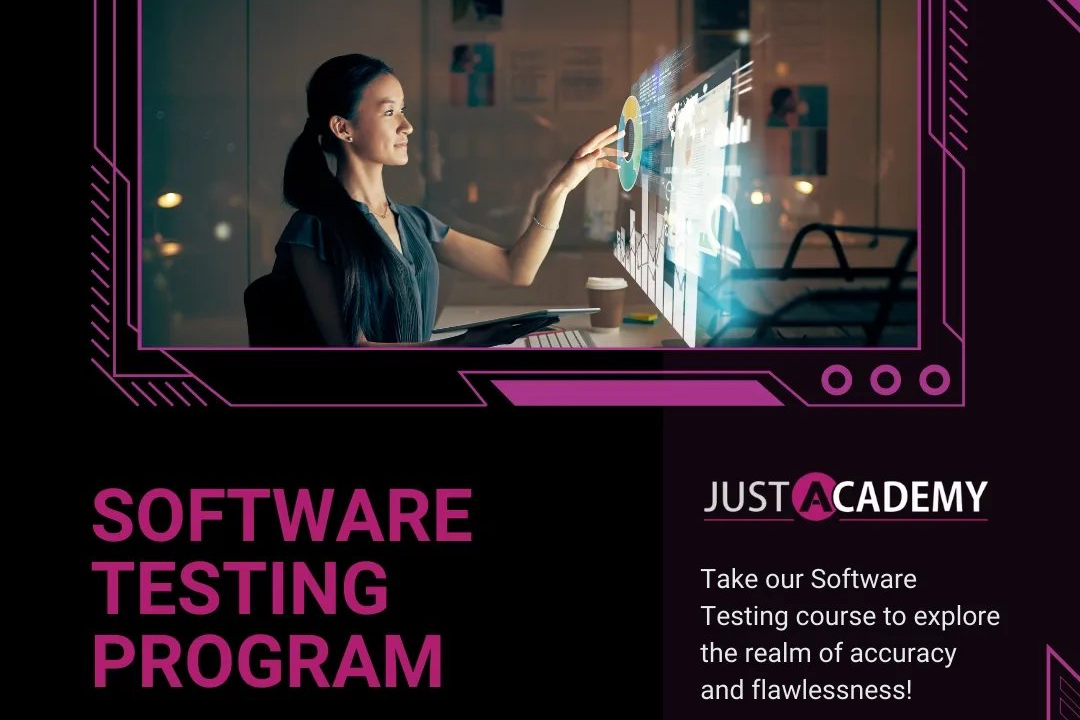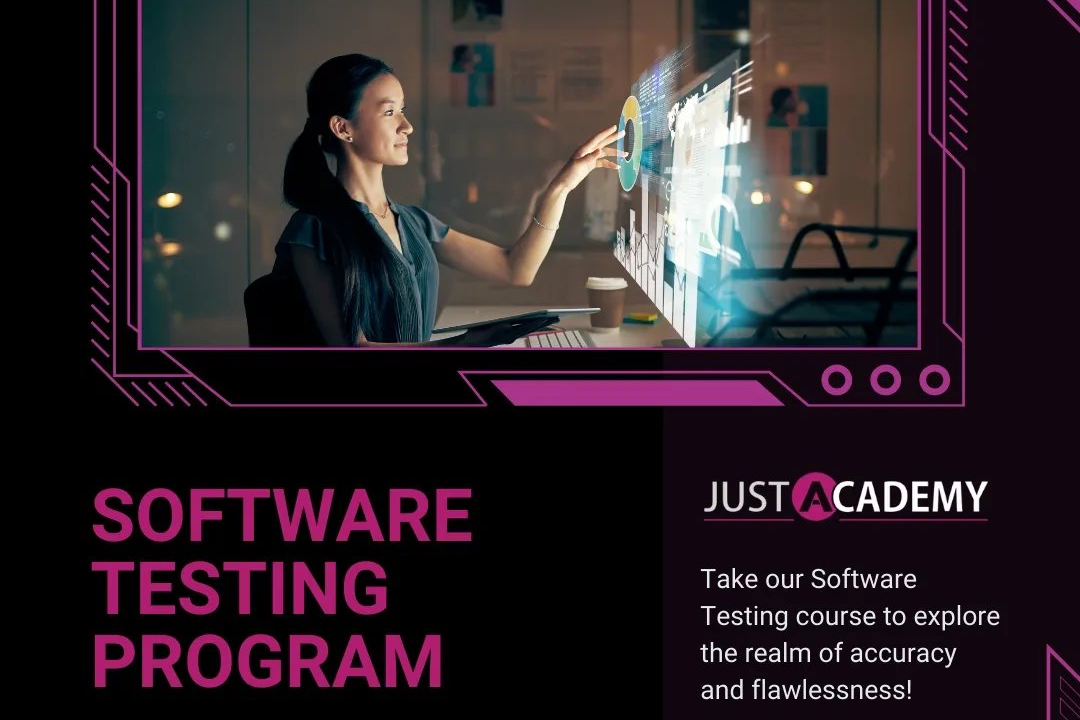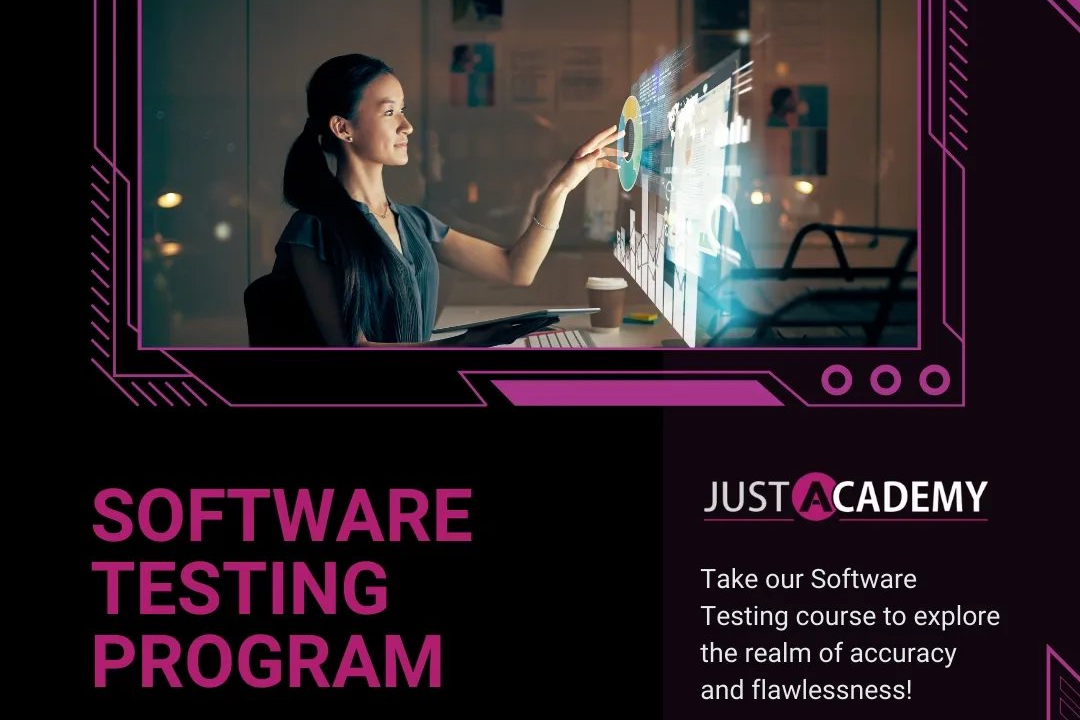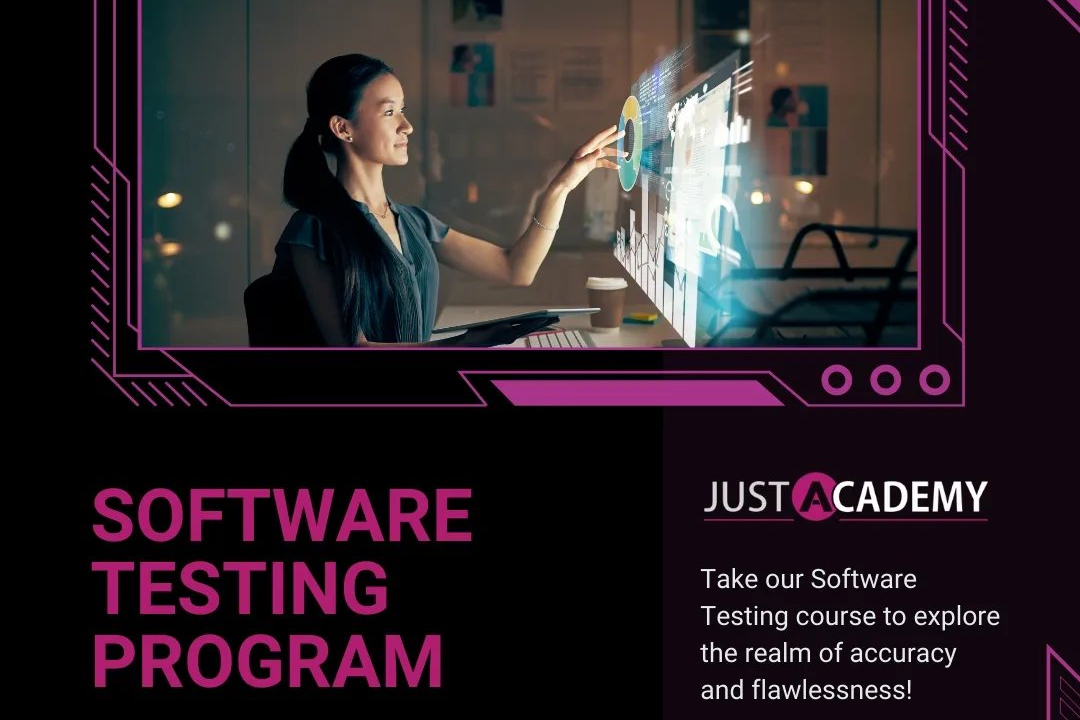Memory management in java
Optimizing Memory Management in Java: Techniques and Best Practices
Memory management in java
Memory management in Java is handled through an automatic process known as garbage collection, which helps in the efficient allocation and deallocation of memory for objects. When an object is created, memory is allocated from the heap, a portion of memory reserved for dynamic allocation. Java uses a generational garbage collector, which organizes objects into generations (young, old) to optimize performance, focusing on young objects that tend to become unreachable quickly. Developers do not need to explicitly free memory, as the garbage collector periodically identifies and removes objects that are no longer referenced, thus preventing memory leaks. Java also provides memory management tools, such as the Java Memory Model (JMM), which ensures that memory operations are executed in a consistent manner, promoting thread safety and efficient concurrent processing.
To Download Our Brochure: https://www.justacademy.co/download-brochure-for-free
Message us for more information: +91 9987184296
1 - Java Memory Model: Understand the structure of Java's memory model, which is divided into several areas such as the heap and stack.
2) Heap Memory: The heap is where all Java objects reside. It is a shared memory area used for dynamic memory allocation.
3) Stack Memory: Stack memory stores method execution details, including local variables and object references. Each thread has its own stack.
4) Garbage Collection (GC): Java automatically manages memory through garbage collection, which identifies and discards objects that are no longer in use, freeing up memory.
5) Generational Garbage Collection: Java’s garbage collection operates on the principle of generations (young and old). Most objects are short lived and collected from the young generation.
6) Minor and Major GC: A minor GC occurs in the young generation space, while a major GC (or full GC) occurs in the entire heap, cleaning both young and old generations.
7) Finalization: Objects can define a finalizer method, which is called by the garbage collector before an object is reclaimed. However, finalization is generally discouraged due to unpredictability.
8) Memory Leaks: Java developers should be aware of memory leaks, which occur when objects that are no longer needed are still referenced and thus not collected by GC.
9) Tuning Garbage Collector: Java provides options to tune the performance of the garbage collector. Developers can choose different garbage collector algorithms (e.g., G1, CMS) based on application needs.
10) Java Virtual Machine (JVM): The JVM is responsible for executing Java applications and managing memory allocation and deallocation for those applications.
11) Method Area: This is part of JVM memory that stores class structure, method data, constants, and static variables. It is also known as MetaSpace in newer Java versions.
12) Object Creation: Objects in Java are created using the `new` keyword, which allocates space in the heap and initializes the memory for the object.
13) Memory Footprint: Understanding how the memory footprint of an application can impact performance and the importance of using memory efficient data structures can enhance program efficiency.
14) Soft and Weak References: Java provides different types of references (strong, weak, soft, phantom) to manage memory more effectively and deal with object lifetimes in relation to GC.
15) OutOfMemoryError: Students should become familiar with the different types of `OutOfMemoryError` that may occur in Java, indicating a memory allocation issue due to insufficient memory resources.
16) Memory Profiling Tools: Learn about various profiling tools (such as VisualVM, Java Mission Control) that can be used to monitor and analyze memory usage in Java applications.
17) Best Practices: Understand best practices for memory management in Java, including prompt nullification of unused references, careful use of collections, and minimizing object creation.
This structured approach will provide students with a thorough understanding of Java's memory management systems and practices, preparing them for more advanced topics and real world application development.
Browse our course links : https://www.justacademy.co/all-courses
To Join our FREE DEMO Session: Click Here
Contact Us for more info:
- Message us on Whatsapp: +91 9987184296
- Email id: info@justacademy.co
Best Java Institute in Chennai












